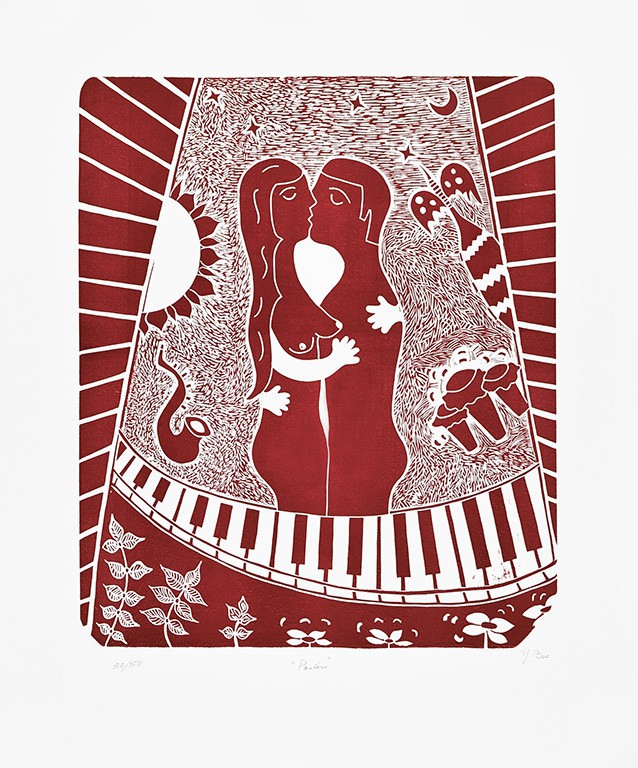
The Myth of Love
Our story always begins with others. And when we talk about personal history, we are primarily talking about an encounter (with others) and affections. A first part of which we are not aware, and which is created from images, sensations, emotions, and memories of others.
And just as the unconscious is knowledge that one does not know one possesses, the myth is knowledge that permeates us without our awareness and influences us.
Art, history, and psychoanalysis highlight the power of myths—symbolic narratives that seek to clarify the origin of the world and humankind, as well as deep manifestations of the human mind. In this sense, myths related to love bring the promise of complete happiness, as in the so-called "love stories".
1. The Origin of Love or The Desire for Wholeness
In The Symposium, Aristophanes tells that humans were once strong beings who challenged the gods. Zeus decided to split them in half to weaken them, and since then, they have been searching for their other half to become whole again.
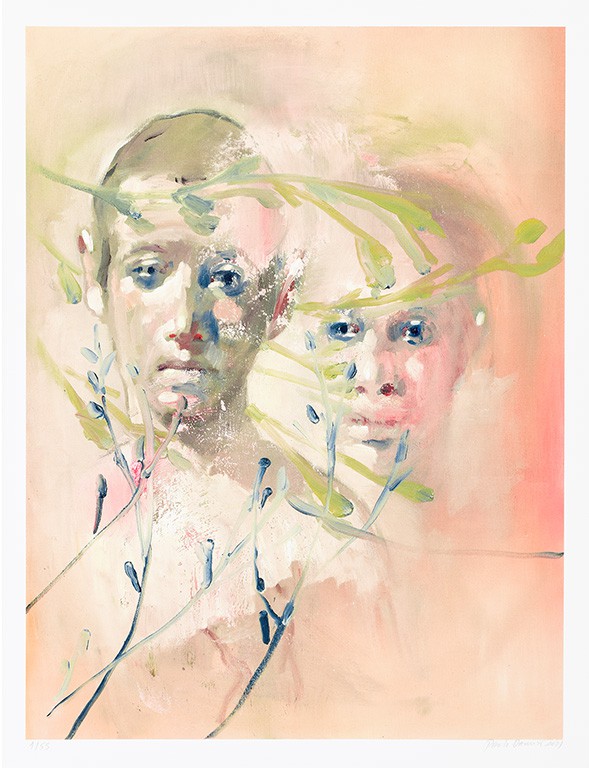
Paulo Damião, "Endemic Love," Digital Print
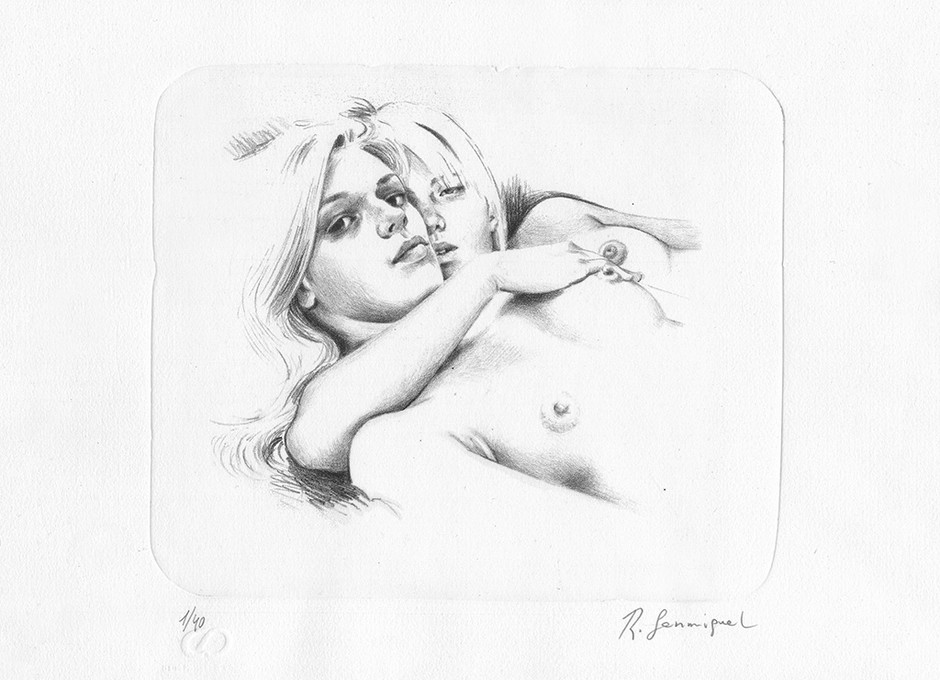
Ramon Sanmiquel, Untitled, Lithograph
We continue to seek wholeness, especially in the age of dating apps, where it is possible to choose someone based on their characteristics. It is important to note that Aristophanes' myth is one of the first texts to acknowledge sexual diversity, suggesting that love is not only between men and women but also between people of the same gender.
"Just like life, art is that unsatisfied and relentless search for something (as Louise Bourgeois refers to it, a tragedy), "art comes from life" (Louise Bourgeois).
The function of art is to portray this condition of life, it is to seek access to the intimacy that life provides".
Paulo Alexandre e Castro, Louise Bourgeois: Metaphysics and the Art of Intimacy
2. Eros and Psyche or the overcoming of challenges
Psyche, a mortal, falls in love with Eros, but after breaking a promise, she is abandoned. Desperate, she faces challenges to prove her love. In the end, she becomes immortal and unites with Eros.
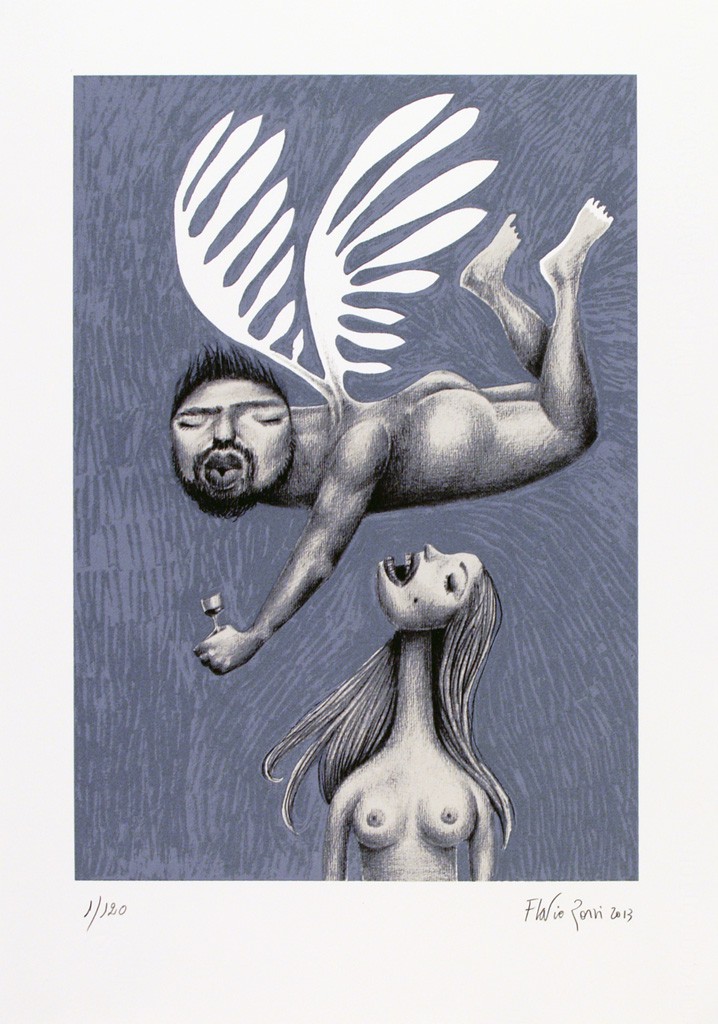
Flávio Rossi, Untitled, Serigraphy
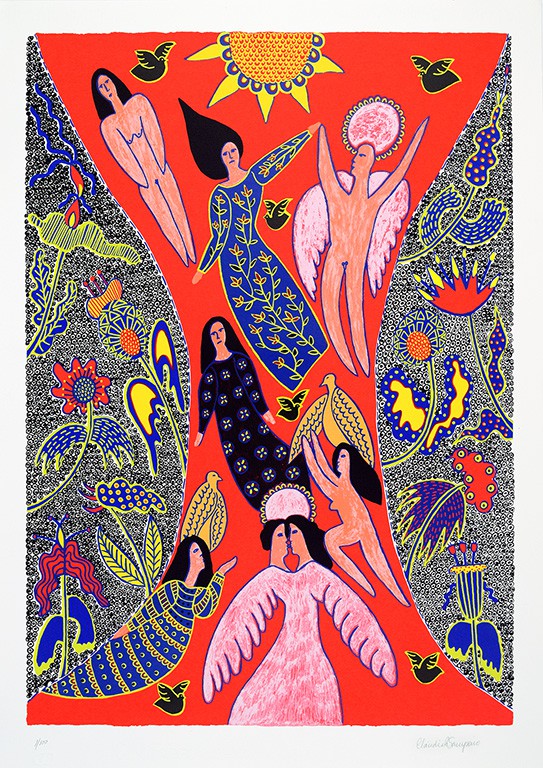
Cláudia R. Sampaio, Untitled, Serigraphy
Just as Psyche gives in to curiosity and mistrust, today we live in an era where hypervigilance in relationships is common. Visibility on social media, messages read but not responded to, and digital stalking fuel insecurities about the other.
3. The Rape of Europa or the power of seduction and transformation
Zeus, in love with an Asian princess, transforms into a white bull and approaches her. Enchanted, she decorates him with flowers and sits on his back, unaware that she will be abducted to live a romance with the god.
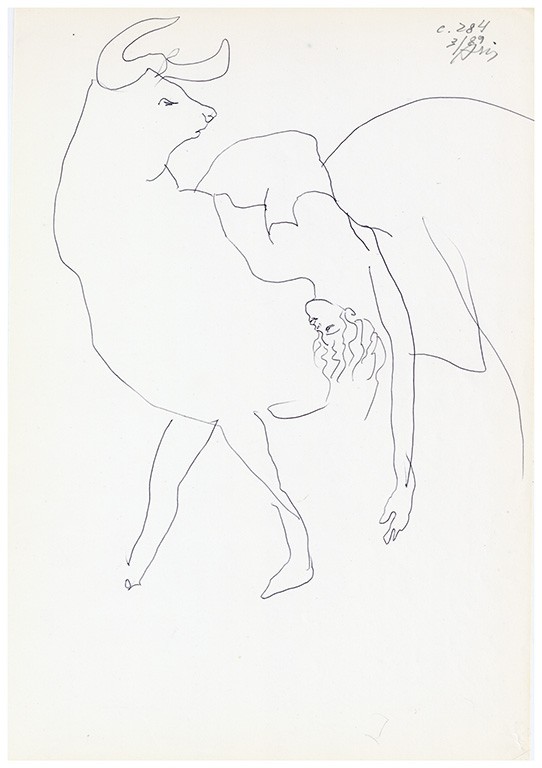
Álvaro Siza, "The Rape of Europa", Pen Drawing
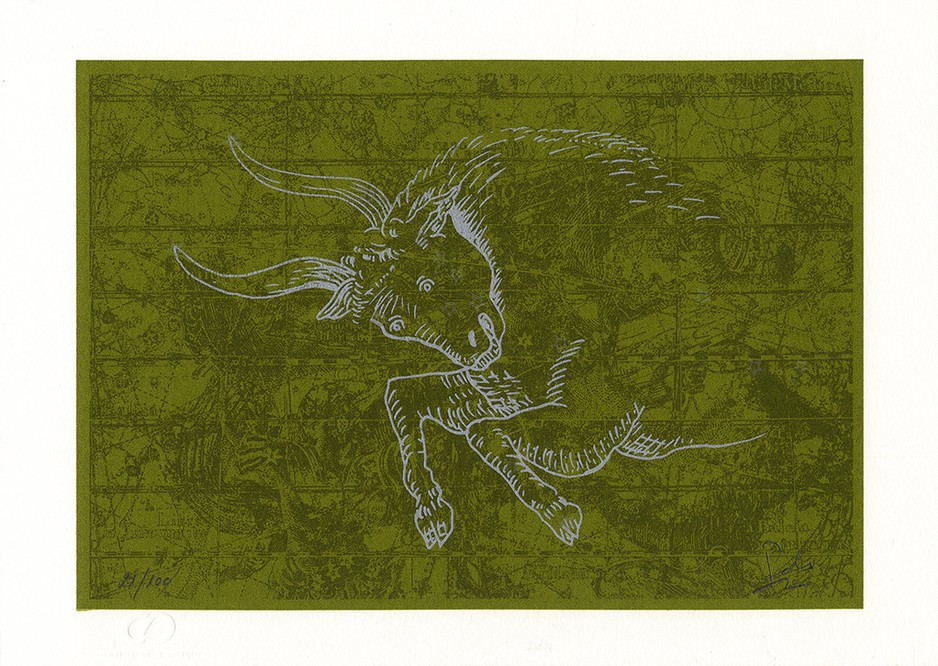
Pedro Martins, Series: "Zodiac: Taurus", Serigraphy
This myth narrates a kidnapping disguised as seduction, raising current questions about power dynamics and consent in relationships. Furthermore, since it involves two characters representing the West and the East, the myth is often used in various works of art to address themes such as identity, migration, and power.
4. The Abduction of Persephone or the transition from childhood to adult sexuality
The abduction of Persephone by Hades causes Demeter, the goddess of agriculture and fertility, great sorrow, resulting in drought on Earth. Zeus orders her release, but after eating pomegranate seeds, Persephone must spend part of the year in the underworld.
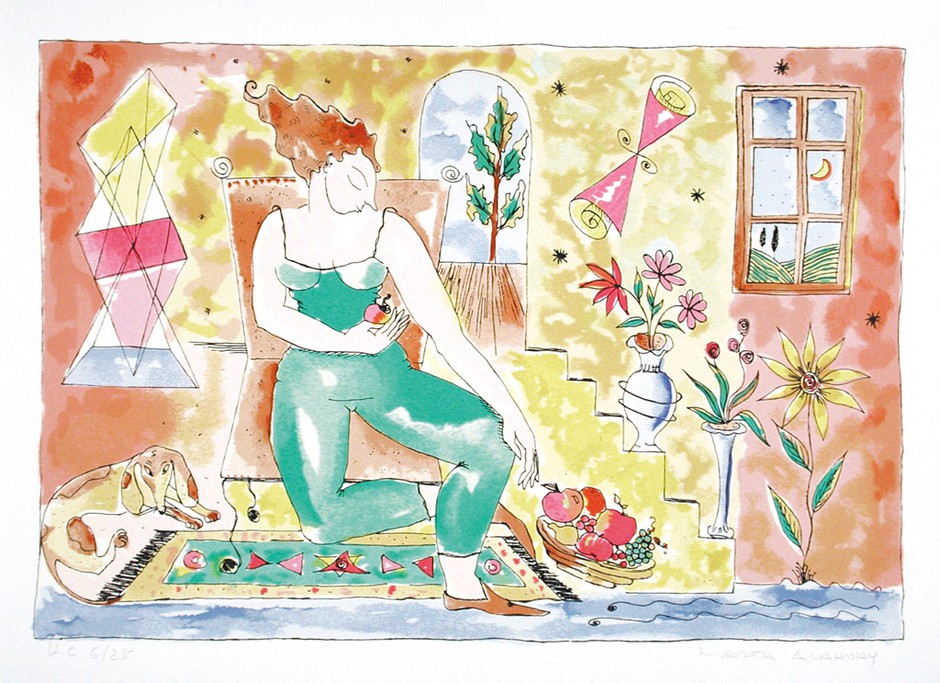
Marta Anahory, "Yellow Ladder", Serigraphy
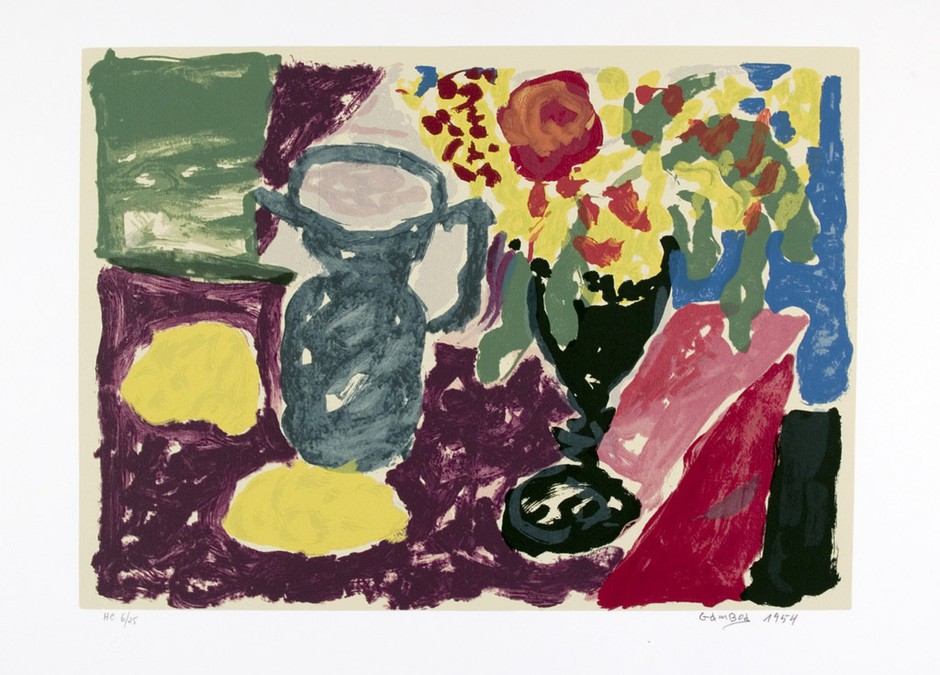
Manuel Gamboa, "Still Life 1954", Serigraphy
The myth continues to inspire artists, creating interpretations about identity, mourning, growth, and the balance between light and shadow in human life.
5. Theseus and Ariadne or the process of integration
Theseus defeats the Minotaur with the help of Ariadne's magic thread, but abandons her. Ariadne is rescued by Dionysus, who makes her his wife and immortalizes her as a constellation.
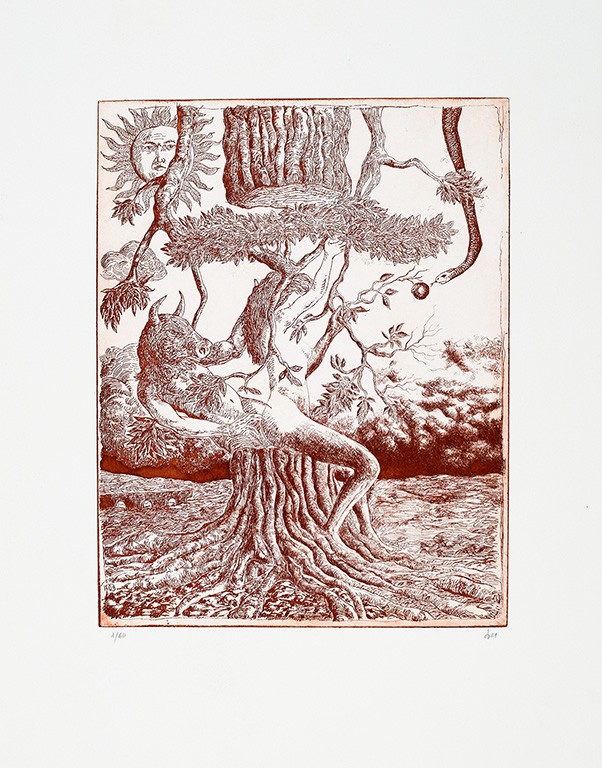
Jorge Barrote, "Grabado", Etching, Aquatint
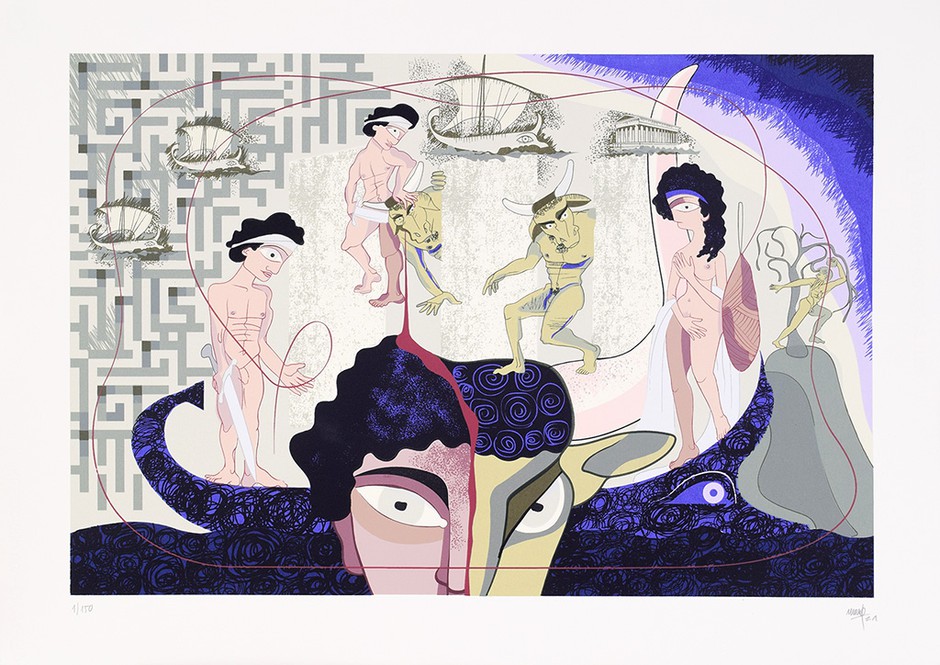
Nuno Teixeira, Series: "Classical Myths: Theseus and Ariadne", Serigraphy
This myth brings reflection on unequal relationships and discusses themes such as commitment and emotional responsibility, as well as rescue and empowerment.
6. Narcissus or the inability to create genuine connections
According to the myth, Narcissus was so beautiful and so vain that, after rejecting numerous suitors, he ended up falling in love with his own reflection. He died of hunger and thirst by the water spring where he saw his image reflected.
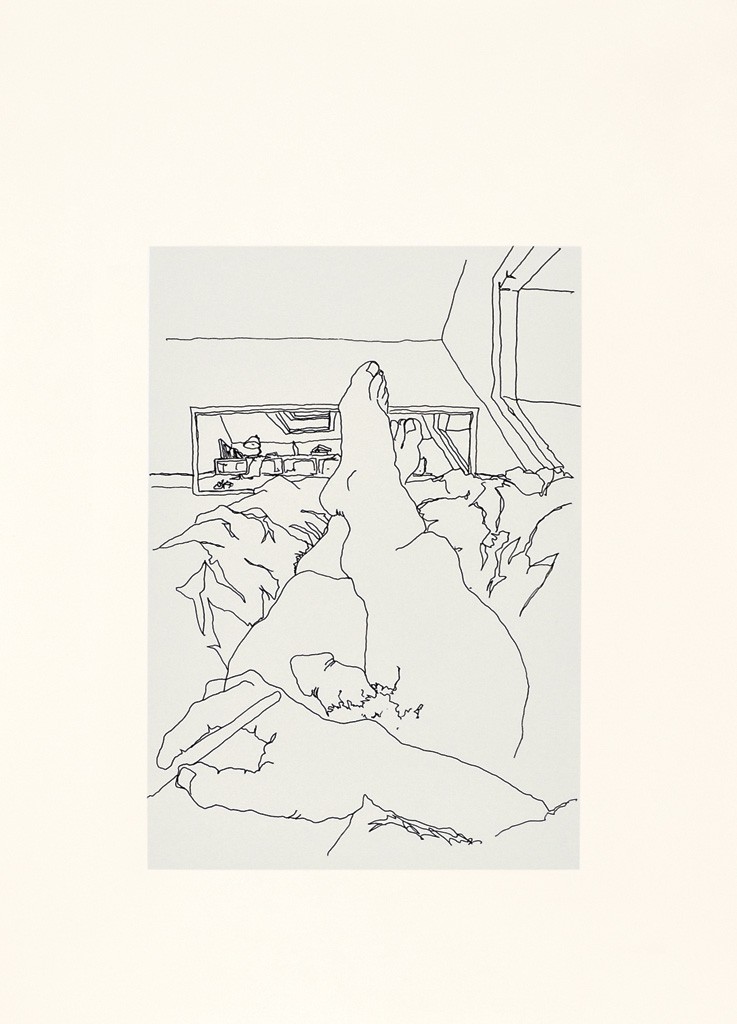
Pedro Machado Costa, Untitled, Serigraphy
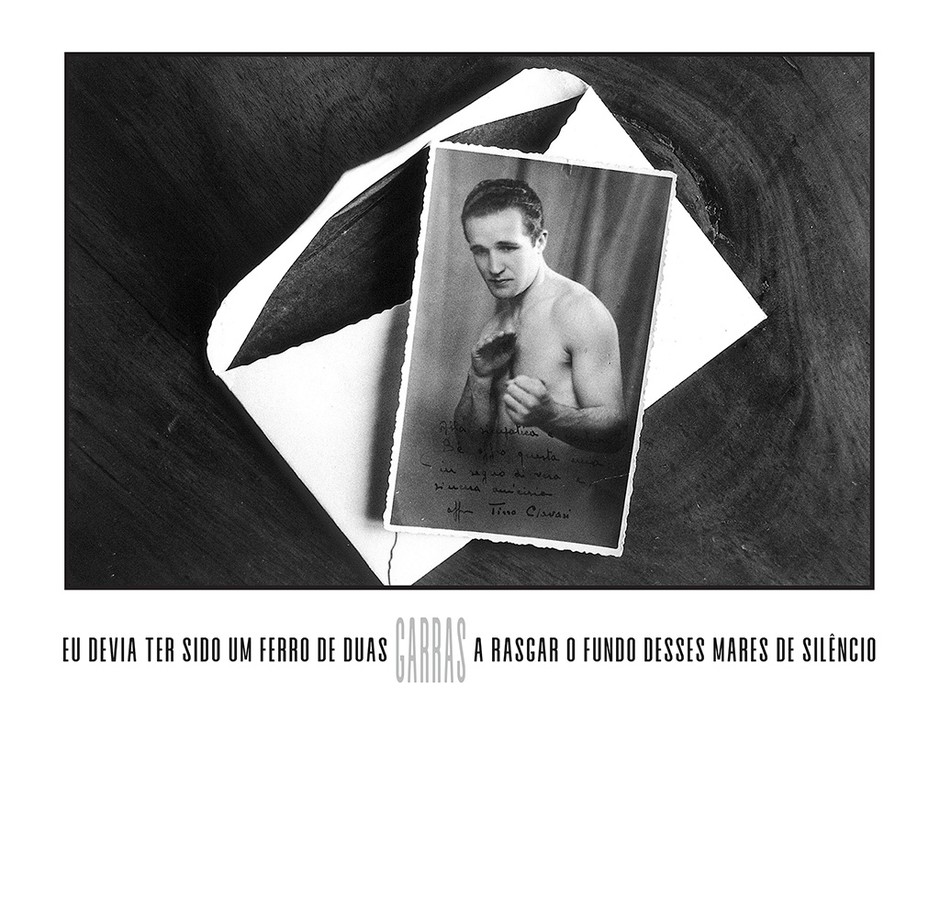
João Francisco Vilhena, Series: "The Melancholy of Images", Photography
The myth of Narcissus is still relevant to understand contemporary phenomena, such as the cult of image on social networks and the extreme valuing of appearance and external validation.
7. Prometheus or the archetype of the rebel and lover of humanity
Prometheus, the Titan friend of humanity, stole the fire from the gods and gave it to mankind, bringing knowledge and power. As punishment, Zeus ordered that he be chained to a mountain, where an eagle would devour his liver, which regenerated daily.
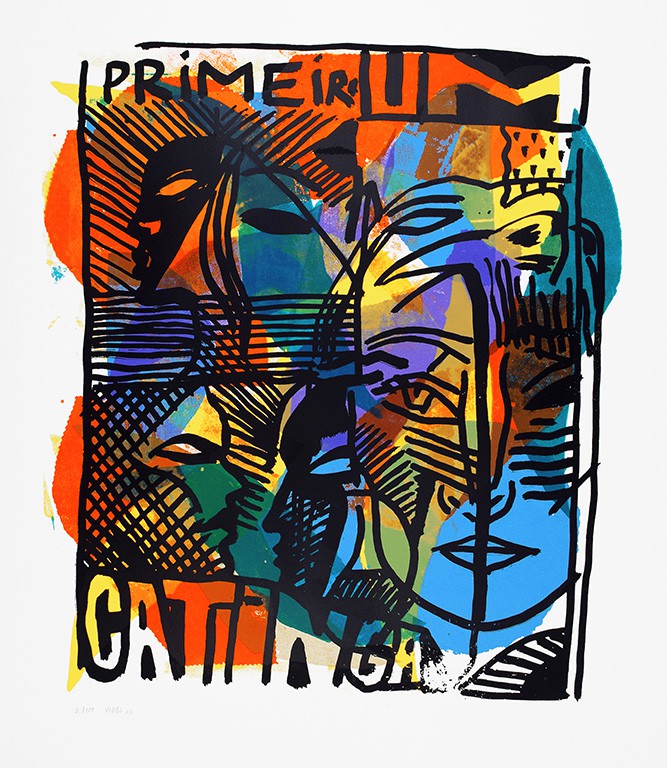
Francisco Vidal, "Prometheus Bound", Serigraphy
The myth of Prometheus still resonates deeply in the present, offering a reflection on innovation and progress, personal sacrifice and ethical responsibility, as well as the fight for freedom and social justice.